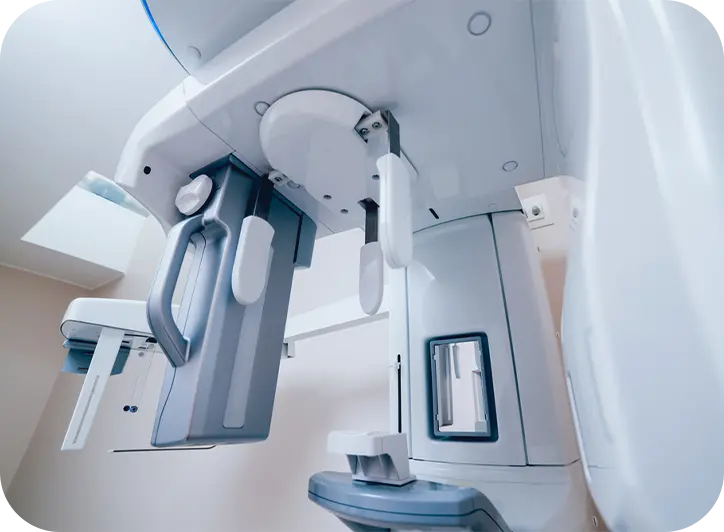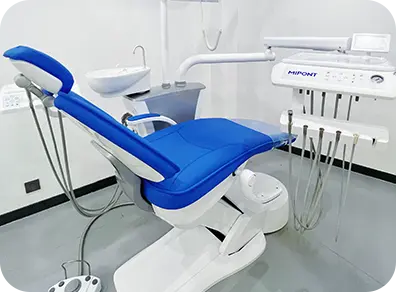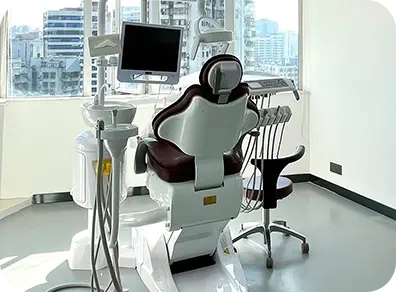《北上洗牙啱唔啱第一次洗牙嘅人?》
Short answer: Yes, going “up north” for teeth cleaning can be suitable for first-timers — but only if you go in with the right expectations, pick a reputable clinic, and plan for follow-up. Jai yen yen, don’t rush; a little prep makes the whole experience sabai-sabai.
What first-time teeth cleaning actually involves
If you’ve never had a professional clean, the standard service is called scaling and polishing. The dentist or hygienist removes tartar and plaque with ultrasonic tools, then polishes to smooth the tooth surface. It’s not the same as a deep cleaning (sometimes called root planing), which is a treatment for gum disease and usually needs local anaesthetic and multiple visits. For healthy gums or mild buildup, scaling and polishing is the first-line, same same but different from whitening or cosmetic procedures.
Why people go north for a clean
Many folks consider crossing the border or heading upcountry because:
- Prices can be lower, with modern clinics and quick appointments.
- Short travel time if you’re near the border or flying domestic.
- Dental tourism perks: flexible scheduling, English-speaking staff in bigger cities.
If you’re a first-timer, those conveniences sound great. But the cheapest option is not always the best for your gums. Think value, not just price.
Potential downsides for first-timers
- Standards vary. Some clinics are excellent; others may rush or upsell. Check credentials, not just cute Instagram photos.
- Communication matters. If you have dental anxiety, make sure the clinic can explain the process clearly in your language.
- Follow-up is tricky. If you need a second visit or develop sensitivity, traveling back may be a hassle.
- Upselling risk. Be cautious if a clinic suggests an immediate “deep clean” without proper examination, x-rays, or periodontal charting.
What you should feel during a clean
A normal scaling and polishing can feel buzzy with water spray and high-pitched sound. You might have mild tenderness, especially if your gums are inflamed, and a bit of bleeding is common. Pain should be minimal; if you feel sharp pain, tell the dentist. Afterward, teeth feel smoother and look brighter, but this is not whitening. Slight sensitivity to cold can happen for a day or two; mai pen rai, it usually settles.
How to choose the right clinic up north
- Check qualifications. Look for licensed dentists with verifiable registration and experience in preventive care or periodontology.
- Scan recent reviews, not just old glory days. Prioritize comments about hygiene standards, clear communication, and aftercare.
- Ask for a transparent price list. A standard scaling and polishing should have a fixed fee. Clarify if x-rays are extra.
- Book a consultation first. Let them assess gum pockets and plaque leve

l. Only agree to deep cleaning if there’s clinical evidence of gum disease.
- Confirm sterilization protocols. Autoclave use, fresh disposable tips, sealed packs — cleanliness is non-negotiable.
Pre-appointment tips for a sabai-sabai experience
- Brush and floss the night before and the morning of your visit.
- Avoid very spicy or sticky foods right before your appointment.
- If you are nervous, arrive early, breathe, jai yen yen. Let the staff know you’re a first-timer.
- Bring any dental records or recent x-rays if you have them.
- Tell the dentist about medical conditions, allergies, or medications (especially blood thinners).
Red flags to watch out for
- Instant recommendation for deep cleaning without periodontal charting or x-rays.
- No itemized prices, just “package deals” that bundle whitening, polishing, and extras.
- Inconsistent sterilization or visibly reused instruments.
- Pressure tactics: “must do today” or “discount only if you pay now.”
What happens after the clean
Your mouth may feel super smooth. If there’s mild sensitivity, use a desensitizing toothpaste for a week. Avoid very hot, cold, or acidic drinks for the first 24 hours if your teeth feel tender. Keep up daily brushing and flossing; that’s your real long-term win. If bleeding continues beyond two days, or gums feel swollen and painful, contact the clinic or a local dentist for follow-up.
Is going north right for your very first cleaning?
It’s suitable if:
- You have generally healthy gums and want a straightforward scaling and polishing.
- You can verify the clinic’s standards and communicate clearly with the dentist.
- You’re okay with arranging follow-up at home if needed.
It’s not ideal if:
- You suspect moderate to severe gum disease (loose teeth, bad breath, gums that bleed easily).
- You need sedation, have complex medical conditions, or expect multiple visits.
- You value continuity of care with one dentist over getting it done cheaper or faster.
Budget vs. convenience
Price differences can be attractive, but factor in travel time, potential repeat visits, and aftercare. Sometimes paying a bit more locally makes life easier. Other times, a well-chosen clinic up north offers excellent care and value. There’s no one-size-fits-all; it’s same same but different depending on your gums, schedule, and comfort level.
Final takeaway
For a first-timer, going “up north” for teeth cleaning can be a good move if you choose wisely. Prioritize licensed dentists, clear diagnosis, and transparent pricing. Don’t let anyone rush you into deep cleaning unless there’s solid clinical evidence. Keep it sabai-sabai: prepare, ask questions, and follow through with daily home care. Healthy gums first, shiny teeth second — that’s the mindset that keeps your smile strong wherever you get the clean.






























